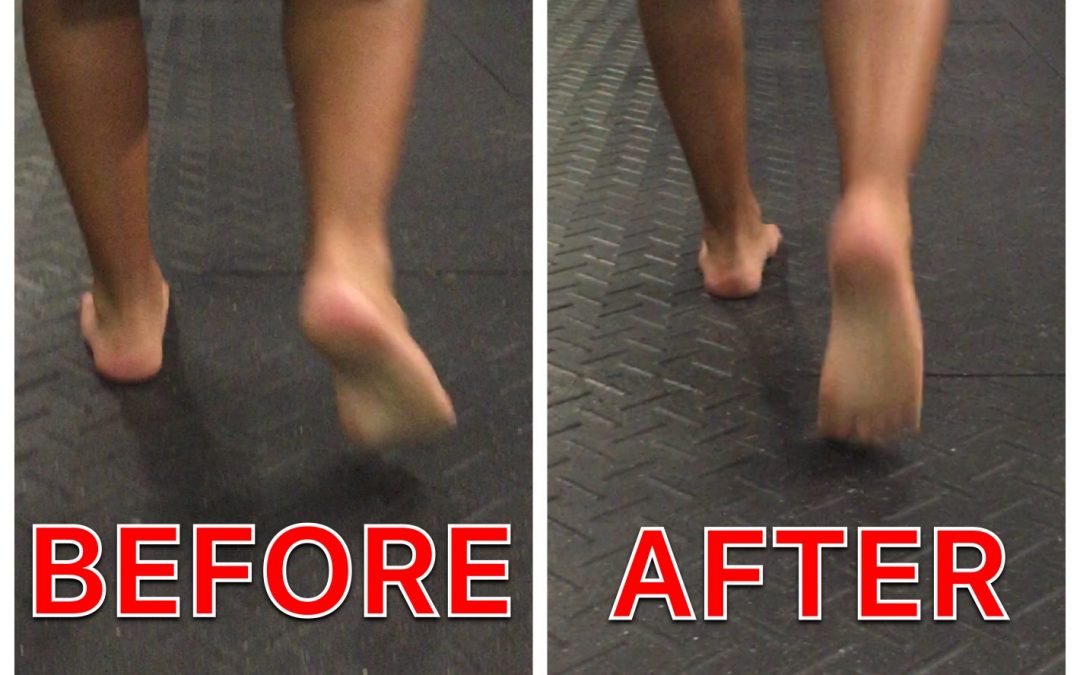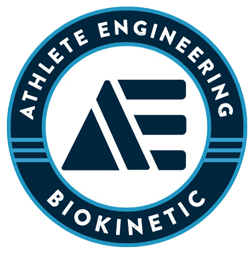A lot of standard training takes place in the sagittal plane. However, when we move in sports, and even in regular gait, we are relying heavily on rotational movement.
Check out how we were able to improve this athlete’s foot and ankle rotation in one session! The small pics are of the push-off phase in gait, before and after.
There are four joints in the body in which it is vital to have excellent rotation – the ankles, the hips, T5-6, and C1-2. If these four areas rotate well, the athlete will move well, be more agile, have better balance, and be more able to prevent injury.
Perhaps the most important is the ankle (together with the foot) because it connects you to the ground and is the switch that ignites the entire kinetic chain. If the ankle is not rotating properly, the kinetic chain will undergo a series of compensations, which will weaken the structural integrity of the entire system. The foot and ankle act as both a shock absorber and a spring. Ankle rotation is key in order for both of these functions to be successful.
On the left, you see the foot trying to invert and the ankle trying to externally rotate, however, it does not have the functional capacity and instead the whole leg and foot together rotate externally. On the right, after some manual mobilization and movement exercises, the ankle begins to work. In the before video, there is a pic of the foot and ankle during push off phase in gait. You will see the foot rotated externally instead of staying straight. It rotates to compensate for not having the spring effect from the foot and ankle inverting. Instead, it rotates the entire foot externally and pushes rotationally off of the medial portion of the ball of the foot. This is a less powerful method of gait and also creates imbalances in the hamstrings and hips. If the foot and ankle were working properly, like on the right, the push off phase would look more like the small pic here, with the foot staying straight, pushing off the entire ball of the foot.


